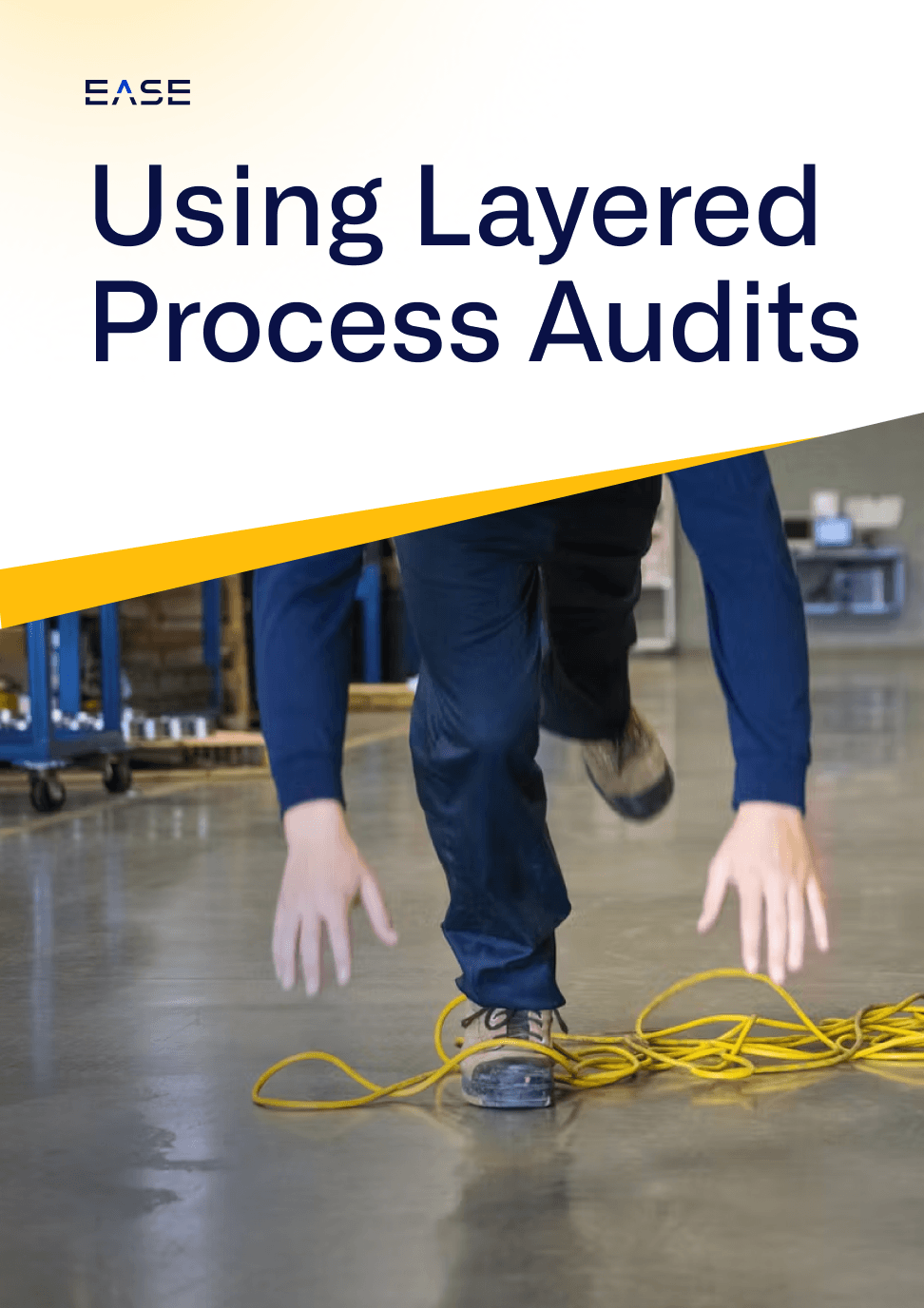Is ISO 45001 Becoming the Standard for Automotive Industry Safety?

ISO 45001 for health and safety management adoption is growing at a fast pace. In fact, according to ISO survey data, the number of certificates rose over 400% from 2019 to 2020.
The standard is quickly becoming a global force, covering sites in over 170 countries worldwide.
So where does the automotive industry stand in terms of ISO 45001, and what do manufacturers need to know about the standard?
Today we look at the role of ISO 45001 in auto manufacturing, examining the benefits for companies and how plant floor audits help streamline certification.
What Is ISO 45001?
ISO 45001 is an international management standard focused on occupational health and safety management. ISO 45001 replaced OHSAS 18001 as the leading benchmark for workplace safety, representing a more flexible, process-based approach. Rather than treating safety as a siloed department, ISO 45001 aims to build safety into daily operations.
ISO 45001 Adoption in the Automotive Industry
Data from the annual ISO survey sheds light on the rising popularity of ISO 45001. It currently holds the number three spot in terms of total certificates and sites, surpassed only by ISO 9001 and ISO 14001.
While ISO doesn’t list the automotive sector in its industry breakdown of the data, many top automotive OEMs and suppliers are certified to the standard. This includes sites at:
- Volkswagen
- Nissan
- Fiat Chrysler, now part of Stellantis
- Shanghai Automotive Industry Corporation
Many others such as General Motors, Toyota, Groupe PSA, BMW and Daimler have based their health and safety management systems on the standard. ISO 45001 is also common among top automotive suppliers, including:
- Continental
- Bosch
- Denso
- ZF Friedrichshafen
- Magna
Benefits of Certifying to ISO 45001
ISO 45001 certification offers several advantages for auto manufacturers:
- Fewer workplace safety incidents, injuries and illnesses
- Standardization of safety processes
- Improved productivity and quality
- Reduced safety costs, worker’s compensation claims and absenteeism
- Improved regulatory compliance
- Enhanced safety culture and worker engagement
Certification can also have business advantages. ISO 45001 is required for suppliers of manufacturers like BMW, and recommended for suppliers of companies such as Volkswagen and Faurecia. Even if you don’t pursue formal certification, it’s worth thinking about how to build elements of the standard into your health and safety management system.
Since ISO 45001 shares the same high-level structure as IATF 16949, the work invested in IATF compliance provides a foundation for ISO 45001. In other words, many processes created for IATF 16949 can be repurposed to support ISO 45001.
Verifying ISO 45001 Compliance on the Plant Floor
ISO standards are closely aligned with the Plan-Do-Check-Act cycle in terms of their structure.
Planning and documentation are a huge part of ISO compliance. But as quality professionals know, it’s not just about saying what you’re going to do. You also must follow through on what you said you’re going to do.
That’s where plant floor audits can help.
By using questions related to ISO 45001 in plant floor checks, you can make sure that critical link between planning and doing is there. In other words, you’re not just paying lip service to ISO requirements—you’re actually living them on a daily basis.
Documenting ISO 45001 Compliance
Plant floor audits provide data you can use for performance evaluation required under ISO 45001. If you’re already using an automated platform like EASE, it’s a relatively simple process:
- Create new questions based on ISO 45001 requirements or audit findings
- Tag questions with ISO 45001 label
- Rotate and randomize ISO 45001 questions into plant floor audits to ensure coverage
- Review performance on ISO 45001 questions in management reviews to identify gaps
Over time, you’ll have documented proof of activities related to ISO 45001, providing records you can quickly pull up to demonstrate compliance. This process helps you prepare for audits, so you can achieve audit readiness rather than scrambling to fill gaps just before auditors arrive.
More importantly, though, this process ensures ISO 45001 is truly embedded in your daily processes. It helps you go beyond a “check the box” mentality, so that safety truly becomes part of what your people do every single day.
If you can do that, you’re complying with not just the letter but also the spirit of the standard, reducing the risks of injuries as well as audit findings.
